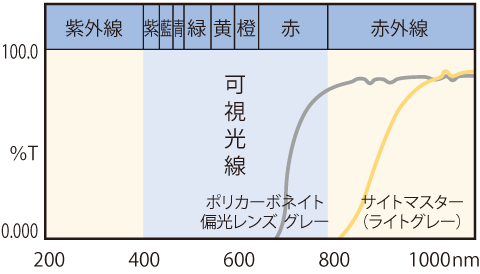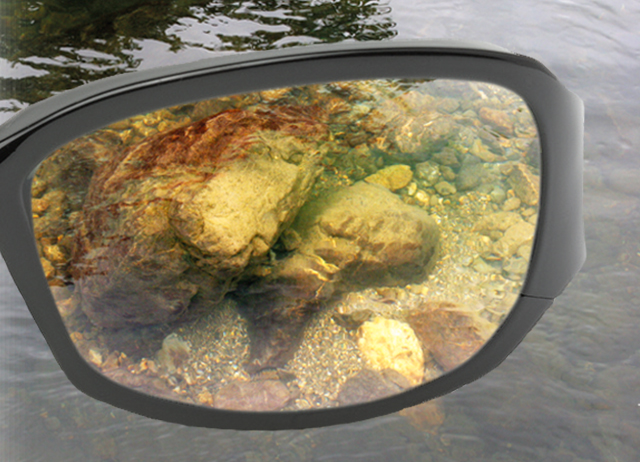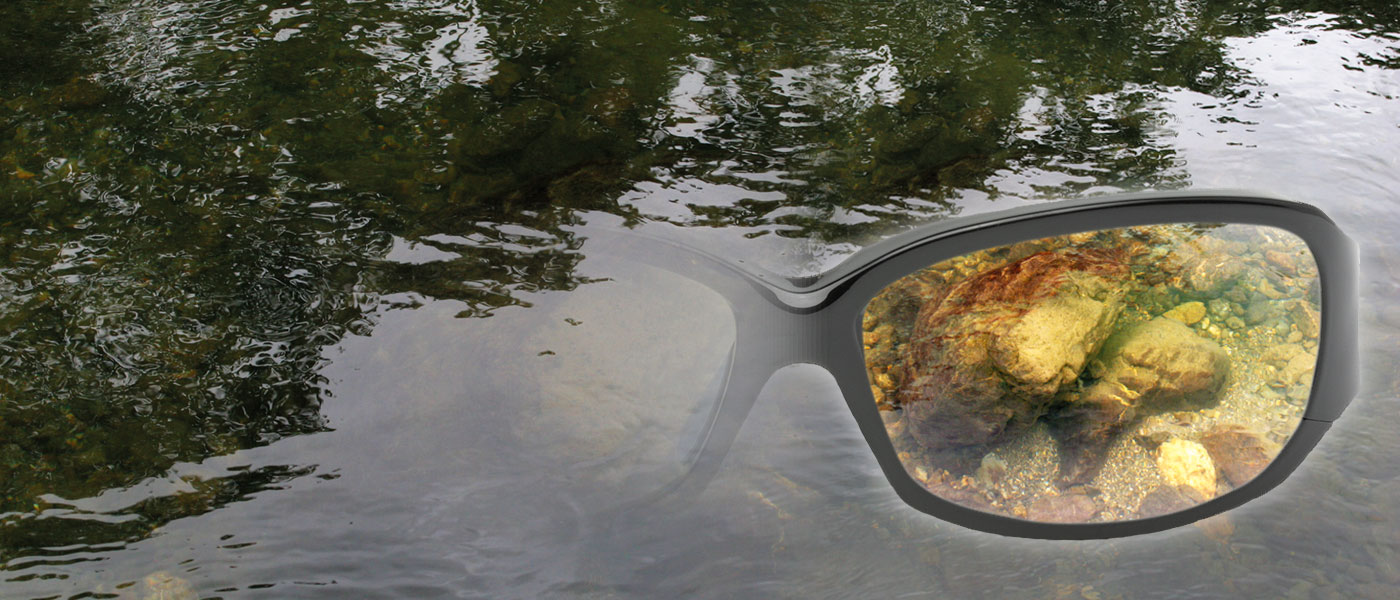Optical Clarity
High quality glass lenses offer you clearer vision than polycarbonate lenses. See like you are not looking through something. Have you ever seen any quality camera lenses made of plastic? It is a proven fact.
Scratch Resistance
Most standard polycarbonate lenses are easily scratched. The Sight Master glass lenses are scratch-resistant. Also passed the US Drop Ball Testing (16.2g metal ball is dropped from 127cm high).
Frame Construction
We, too, know the issue of glass lenses is weight. Our original frame construction balances the weight and point of burden, and offers you a maximum comfort. With the precision manufacturing and the assembly technique, lenses are properly fixed without any stress and distortion.
Polarization
Have you ever put your polarized sunglasses off in cloudy condition while you still need polarization? The Sight Master will offer both lightness and high polarization so you can keep wearing in various fishing situations. It is normally difficult that the bright brownish lenses which have 30% visible light transmission ratio have higher polarization, however, with the costly high quality polarizing film the Sight Master lenses achieved it. Keep wearing while others are taking off. Great advantage.
Distortion
Have you ever had fatigue of the eye and headache attributed to eyestrain when you are putting polarized sunglasses on? One of the primary factors is distortion of the lenses. Polycarbonate and acetate lenses are easily be distorted in the manufacturing processes. With the cutting edge technology, our high-precision spherical glass lenses have no distortion.
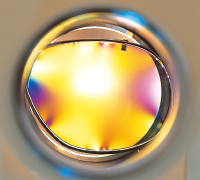
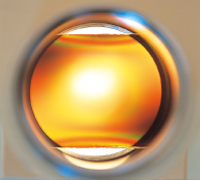
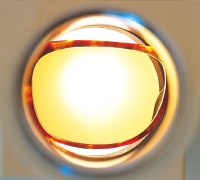
In addition, the Sight Master lens blocks 99.9% of UV400 which is supposed to develop a cataract and thus protect your eyes. Comfort brings you more concentration on your fishing, and concentration brings you more success. We got many positive feedbacks on this from fishing guides and other professional anglers.
Polarizing Filters
The Sight Master uses high-efficiency polarizing film that can block visible red light wavelength and minimize red glare. The standard polycarbonate and acetate lenses cannot block 650 – 800 nm wavelength light, which means visible red light goes through and causes red-flickering.

